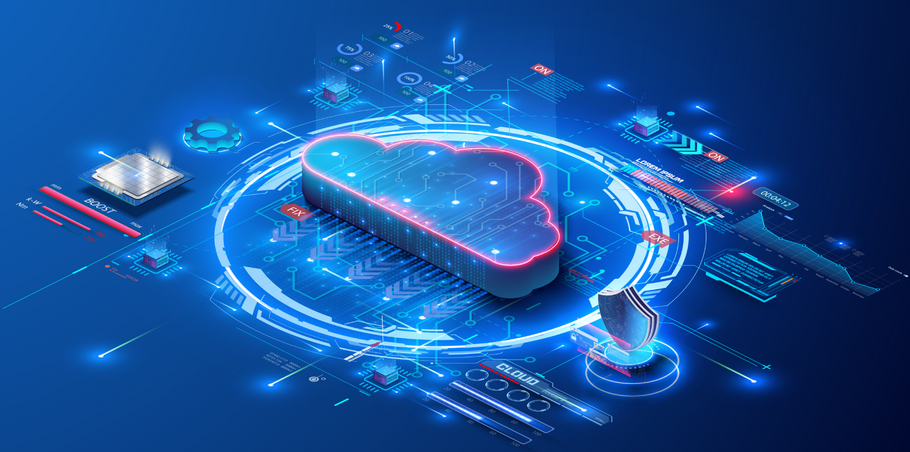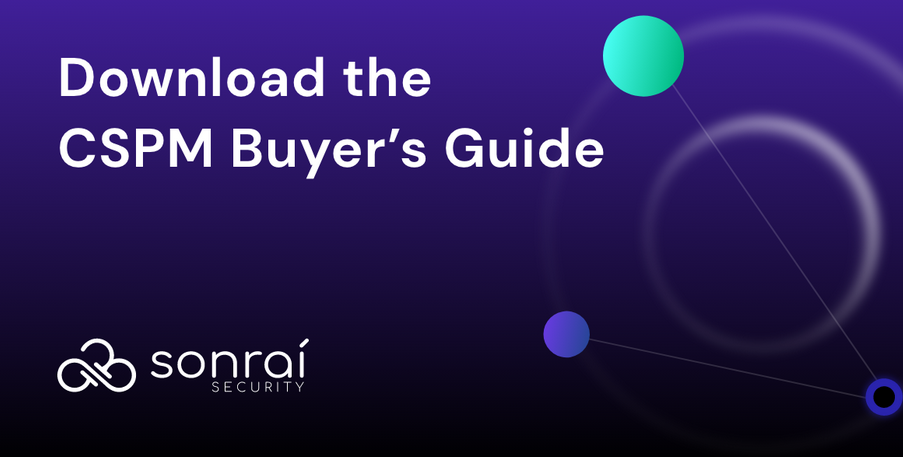Organizations are increasingly adopting cloud-native architectures to enhance scalability, agility, and cost-effectiveness as a result of the rapidly evolving digital landscape. They are leveraging containerization to enhance their application deployment processes. Containers offer portability, scalability, and agility, allowing businesses to accelerate software development and delivery. However, they introduce unique security challenges that must be addressed to maintain a strong security posture. With increased complexity comes the need for robust security measures to protect containerized environments from potential vulnerabilities and threats. Onboarding containers to a CSPM tool is a vital step in this process, enabling organizations to extend their security capabilities to containerized workloads and effectively mitigate risks.
In this chapter, we will delve into the intricacies of onboarding containers to a CSPM tool, equipping security professionals, cloud architects, and DevOps teams with the knowledge and skills needed to bolster container security within their cloud environments. Throughout this chapter, you will gain valuable insights and skills to effectively onboard containers to a CSPM tool.
Here are the main topics we’ll be looking at:
- Containerization overview and its benefits
- Understanding container security challenges
- Onboarding containers to CSPM tools
- Onboarding roadblocks and mitigation best practices
- Most recent trends and advancements in container security in the context of CSPM
Let’s get started!
Containerization overview and its benefits
Containerization is a method of lightweight virtualization that involves the isolated packaging of an application and its dependencies into a self-contained unit called a container. Containers provide an isolated and consistent runtime environment, allowing applications to be easily deployed and executed across different computing environments, such as development machines, servers, and cloud platforms.






